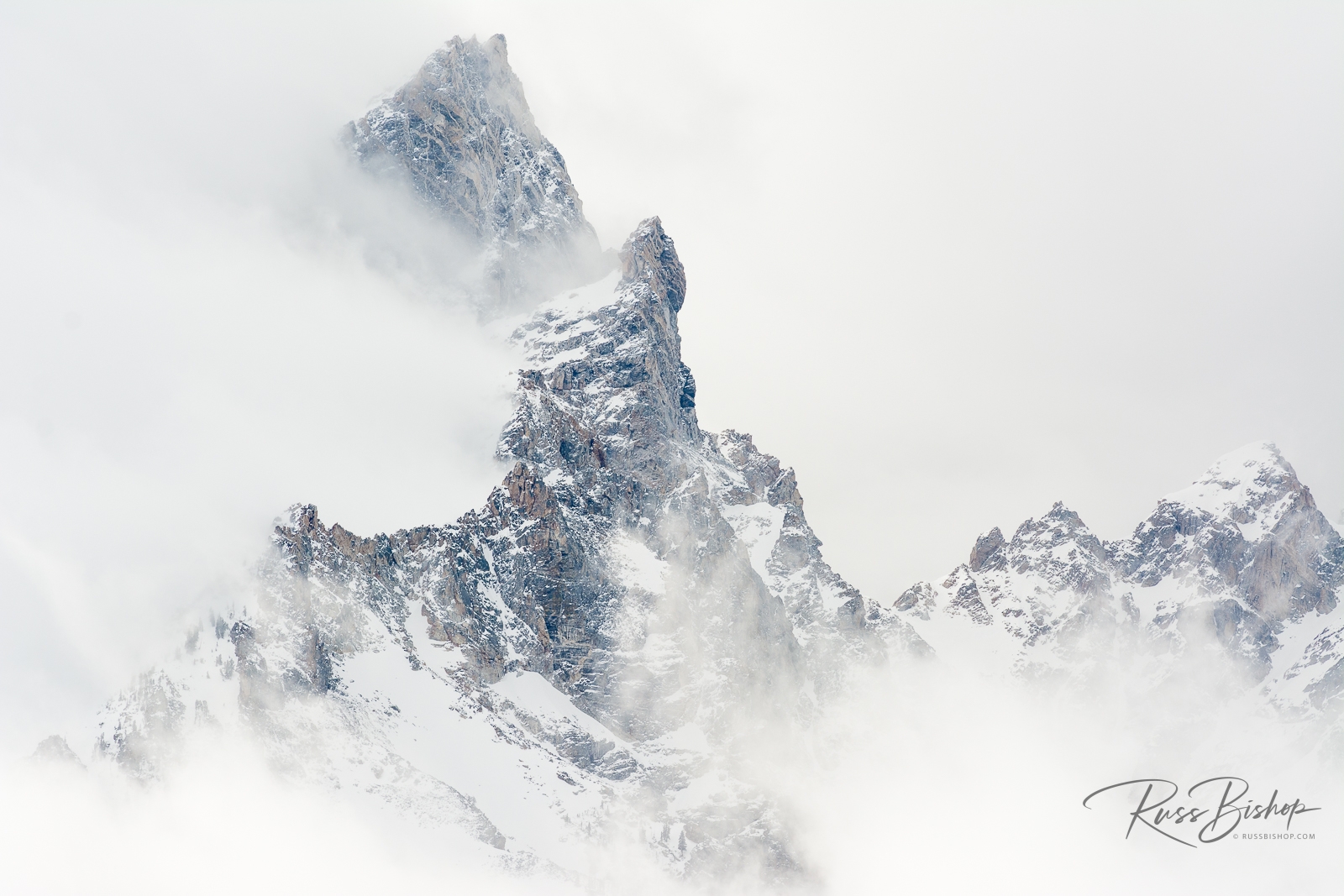
The Power of Negative Space. Successful landscape photography is often comprised of several elements coming together in harmonious balance within the frame. This can be quite complex or deceptively simple. Spatial relationships and color are the building blocks used to balance most compositions, and careful lens selection is essential in distilling an image down to its essence.
But sometimes less is more and an effective use of negative space can be a great tool to elicit an equally powerful response. This basic, but often overlooked principle of design, gives the eye a place to rest and increases the appeal of a composition through subtle means. The Japanese word ma is a perfect example. Roughly translated to “the space between two structural parts”, it is best described as a consciousness of place – the simultaneous awareness of form and non-form deriving from an intensification of vision.
The image above was made as a late winter storm was moving out of the Teton Range. By using a medium telephoto and focusing on the predominant white space I was able to isolate the spires and ridges to give the illusion that the mountains were floating in the clouds.
With the right conditions, adding negative space to your visual toolkit can be a simple yet powerful way to create strong images that resonate with your viewers.
©Russ Bishop/All Rights Reserved


